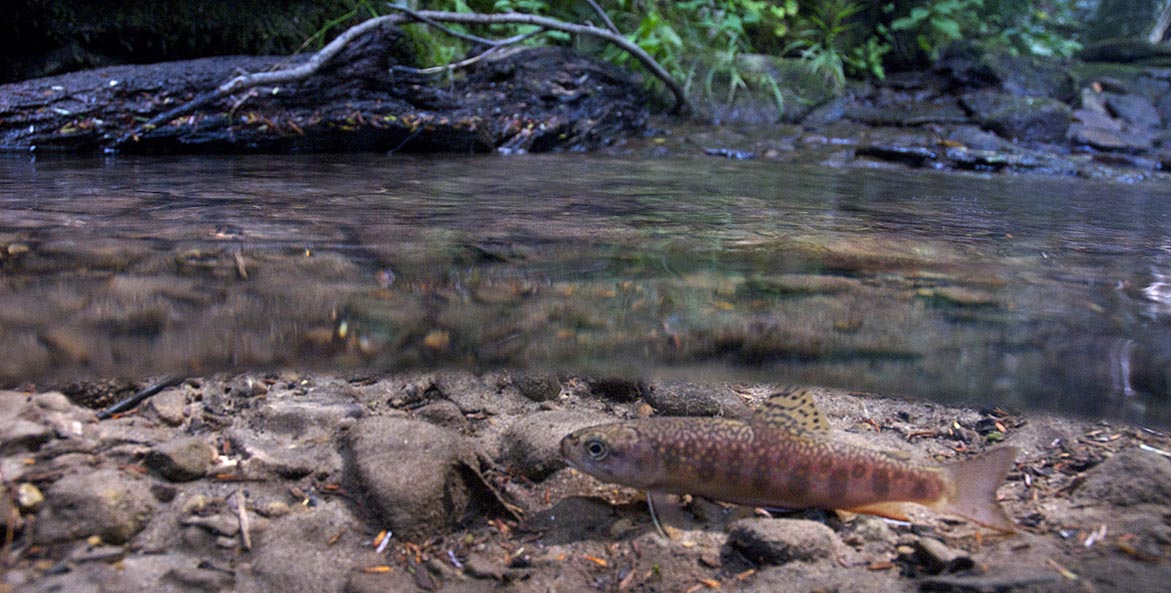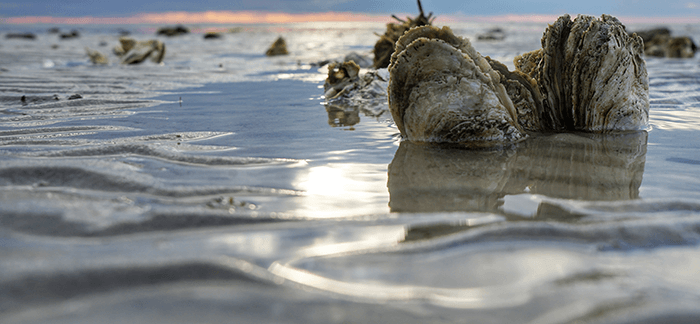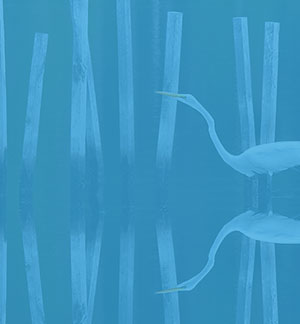CBF in Pennsylvania

Pennsylvania's once abundant brook trout cannot survive pollution or drastic temperature change. Once found throughout the state, today the beloved "brookie" is found in only a handful of exceptional and high quality watersheds.
Photo Credit: © Neil Ever Osborne/iLCP
In 1986, when Pennsylvania became a full partner in the Bay cleanup effort, CBF opened its Harrisburg office. Since then, CBF staff have worked across the state, reducing contaminated runoff by working with local farmers and landowners, fighting to save the habitat of the iconic brook trout, connecting students to the value of the waters around them, and advocating for wise clean water management.
Although we have made great strides in reducing pollution in the Commonwealth over the last few decades, nearly one-third of Pennsylvania's rivers and streams continue to suffer from too much pollution. The Susquehanna River, the largest source of fresh water to the Chesapeake Bay, is also the largest source of nitrogen pollution to the Bay. Contaminated runoff from agricultural, urban, and suburban areas, sewage treatment plants, septic systems, and even air pollution foul Pennsylvania streams and remain the leading sources of Pennsylvania pollution to the Bay.
CBF's Pennsylvania office staff strive to improve the Commonwealth's water quality through successful collaboration with a broad range of stakeholders—including government officials, local decision-makers, farmers, landowners, businesses, and others—to implement projects, policies, and programs that reduce pollution in our rivers, streams, and ultimately the Bay.
Find out more about our latest project, the Halfmoon & Pequea Creek Watersheds Renewal Project.
In addition to our ongoing work, CBF founded and spearheads the Keystone Ten Million Trees Partnership, a collaborative effort to facilitate planting of 10 million new trees across Pennsylvania. Trees such as these provide countless health, economic, habitat, and environmental benefits to Pennsylvanians and beyond.
Learn more about CBF's legislative priorities for Pennsylvania's General Assembly session.

 Office
Office Facility
Facility Education Center
Education Center Multiple Facilities
Multiple Facilities

